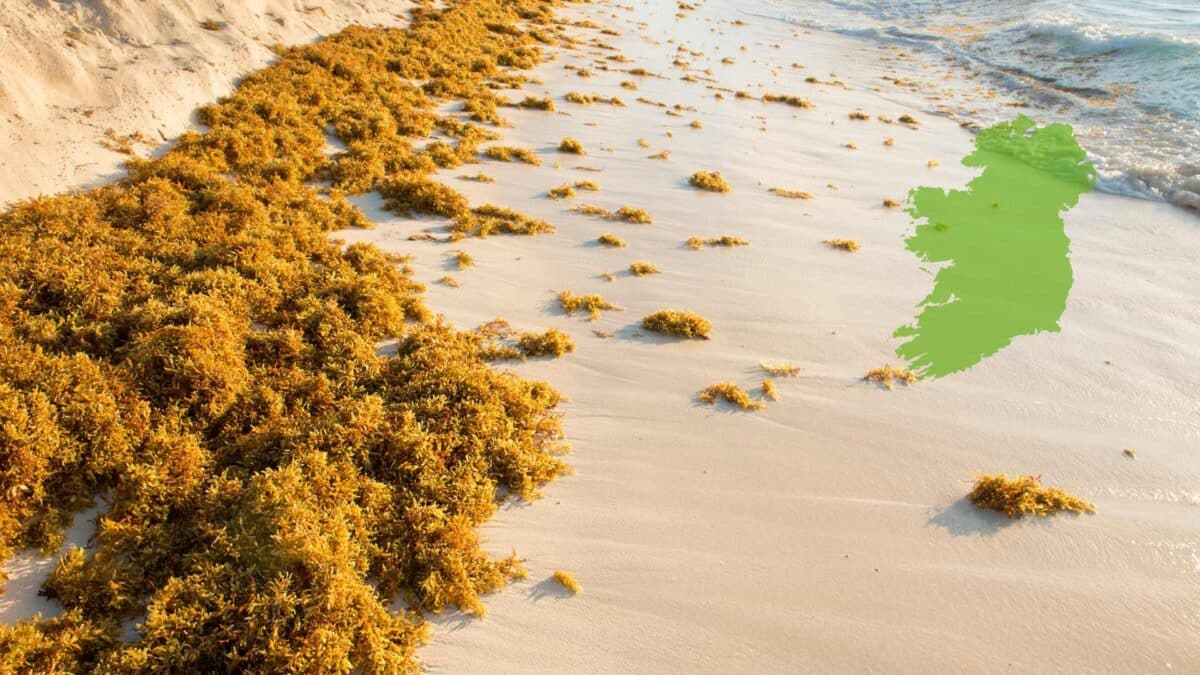
Atlantic seaweed bloom linked to pollution reaches record levels

Researchers in Florida have traced four decades of changes in pelagic sargassum, a floating brown seaweed that has spread dramatically across the Atlantic Ocean and is now linked to land-based nutrient pollution.
The review, published in the journal Harmful Algae, highlights the development of the Great Atlantic Sargassum Belt, a vast annual bloom that stretches from the coast of West Africa to the Gulf of Mexico. Since first appearing in 2011, the belt has returned almost every year and in May reached a record biomass of 37.5 million tonnes. This figure does not include the historic 7.3 million tonnes usually present in the Sargasso Sea.
Once believed to grow mainly in the nutrient-poor waters of the Sargasso Sea, sargassum is now recognised as a fast-expanding organism fuelled in part by agricultural runoff, wastewater discharge and atmospheric pollution.

Lead author Professor Brian Lapointe of Florida Atlantic University said the review shows a marked shift in the seaweed’s nutrient composition, with nitrogen levels rising by more than 50 per cent since the 1980s. “These changes reflect a move away from natural nutrient sources such as upwelling, toward land-based inputs. Understanding why sargassum is growing so much is crucial for managing its impacts,” he said.
The blooms have been linked to costly beach clean-ups, disruption to fisheries and tourism, and in one case forced the shutdown of a nuclear power station in Florida. Caribbean islands and parts of West Africa have also struggled with mass strandings.
The study draws on satellite imagery, historical data and biogeochemical analysis to explain how sargassum is transported by the Loop Current and Gulf Stream from nutrient-rich coastal waters to the open Atlantic. It suggests the Amazon River outflow plays a key role, with flood and drought cycles in the basin tied to fluctuations in biomass.
Researchers warn the expansion of sargassum is more than an ecological phenomenon. “The massive blooms can clog beaches, affect fisheries and tourism, and pose health risks,” Prof Lapointe said. “This is a basin-wide issue with global consequences.”
Share this WeathÉire story:







